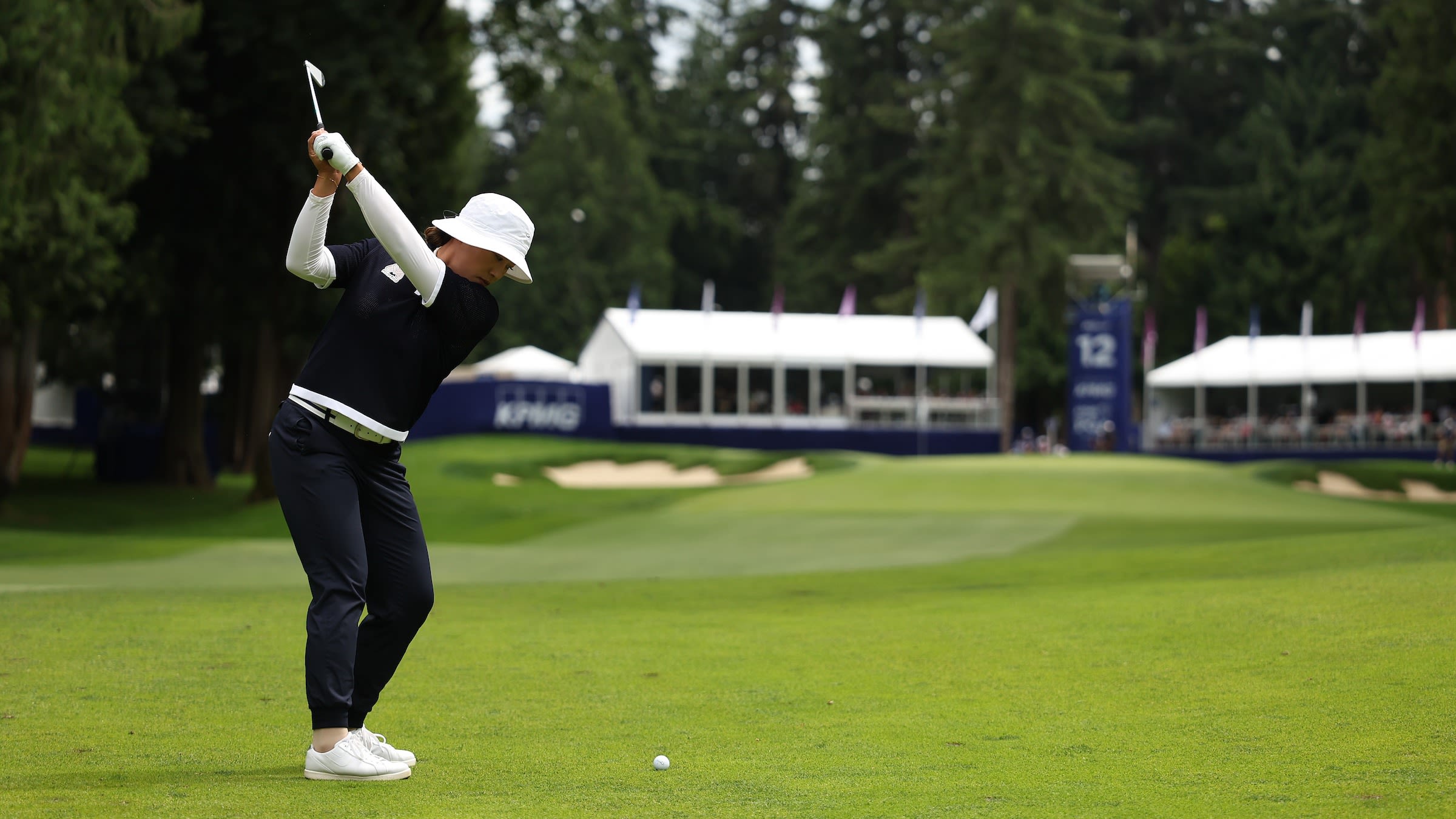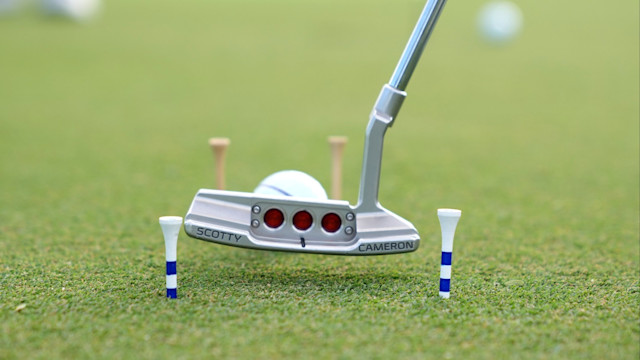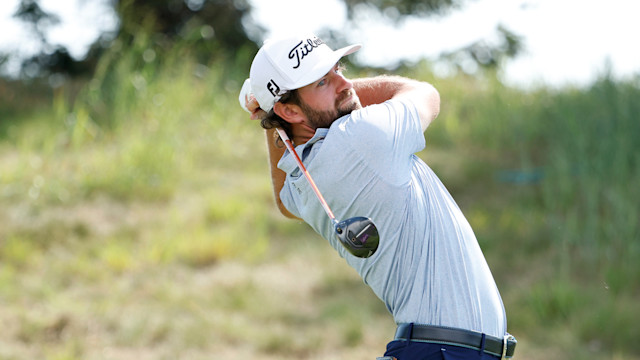quick coaching
Golf Tips: How to Maintain Your Spine Angle for More Speed
By Brendon Elliott, PGA
Published on

You've probably heard "spine angle" when it comes to the golf swing. But what exactly does that even mean?
Consistency and power in your shots hinge on staying in your spine angle throughout the golf swing. Many amateur golfers unknowingly deviate from their spine angle during the swing, resulting in poor ball contact and reduced distance.
By contrast, maintaining a stable spine angle enables effective upper body rotation, leading to a more potent and controlled swing. A great example is Amy Yang, the 2024 KPMG Women's PGA Champion.
Amy Yang was in the driver's seat & never looked back. Relive the final round that secured her first Major Championship! 🏆#KPMGWomensPGA pic.twitter.com/6XAMSdbuCt
— KPMG Women's PGA Championship (@KPMGWomensPGA) June 24, 2024
One of the most significant advantages of maintaining your spine angle is the control it gives you over your impact position. By holding this angle, you significantly increase your chances of making clean contact with the ball, leading to improved accuracy and distance. This control over your spine angle can prevent mishits and ensure your shots are powerful and precise.
To practice maintaining your spine angle in your golf swing, you can follow this step-by-step checklist:
1. Setup: Take your standard setup over the ball. Ensure that your spine is tilted slightly away from the target at address, creating a straight line from your head down through your spine.
2. Swing to the top: As you start your backswing, focus on keeping your upper body stable and rotating around your spine. Avoid any excessive lifting or dipping of your upper body as you work on maintaining your original posture.
3. Halfway down: When you reach the halfway point in your downswing, make sure that you are still maintaining your spine angle. Your upper body should not rise or dip excessively; it should remain relatively stable.
Find a Coach
Take the next step in your golf journey by connecting with a PGA Coach in your area.
4. Impact position: As you approach impact, concentrate on preserving your spine angle to ensure solid ball contact. Your upper body rotation should facilitate a powerful and controlled strike without any significant deviation from your original spine angle.
5. Follow-through: Continue to rotate through the ball and into your follow-through while keeping your spine angle intact. Avoid any abrupt movements that may cause you to come out of your spine angle. Only after you extend your arms and the club in post-impact will you start to raise up into a tall finish position.
To further refine your technique, consider filming your swing from a down-the-line view and reviewing the footage to check for deviations from your original spine angle. Consistently practicing and working on maintaining your spine angle and rotating around it can help you develop the muscle memory necessary to maintain a stable spine throughout your golf swing.
The significance of maintaining a good spine angle in the golf swing cannot be emphasized enough. It is a foundational element of a solid and dependable swing. By mastering your spine angle, you can elevate your ball striking, consistency, and power, ultimately leading to superior performance on the course.
Brendon Elliott is a PGA Coach in the Orlando area. Check out his profile here, or find a coach near you.



